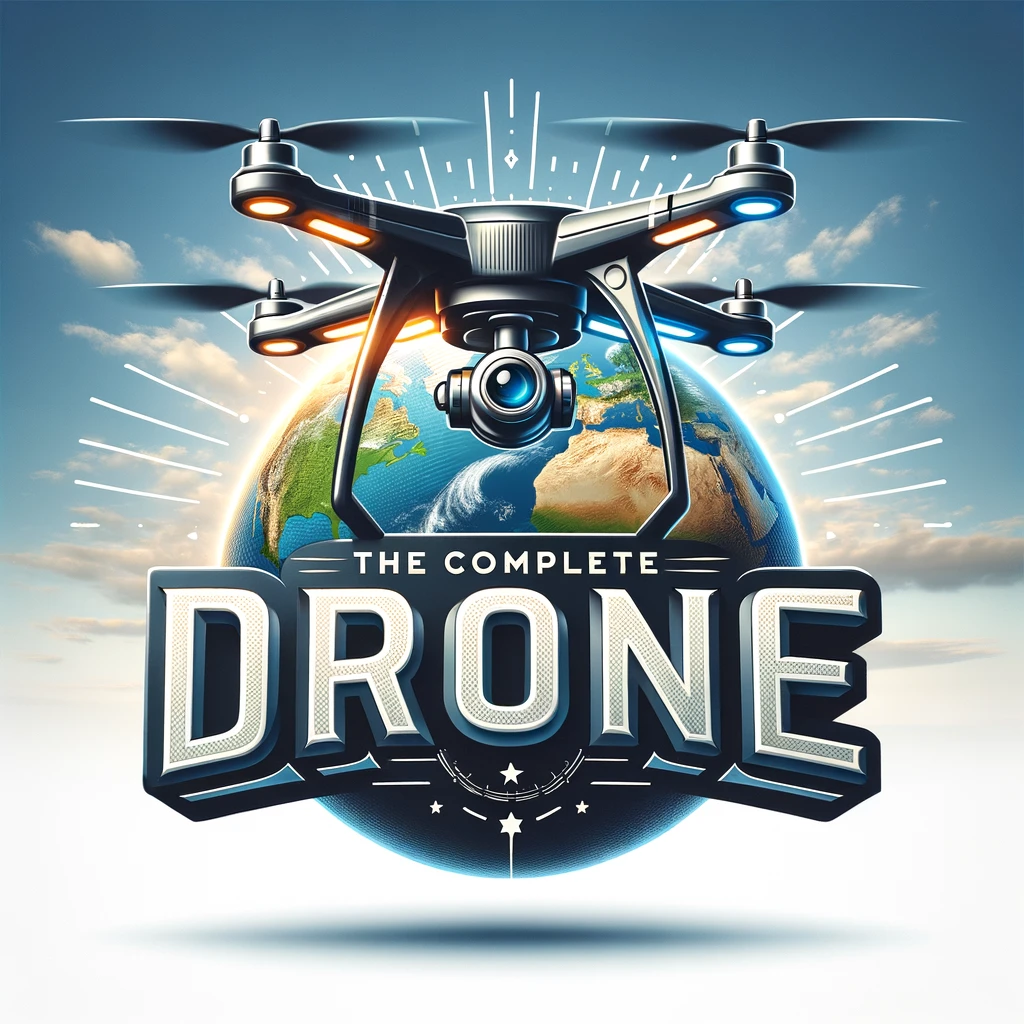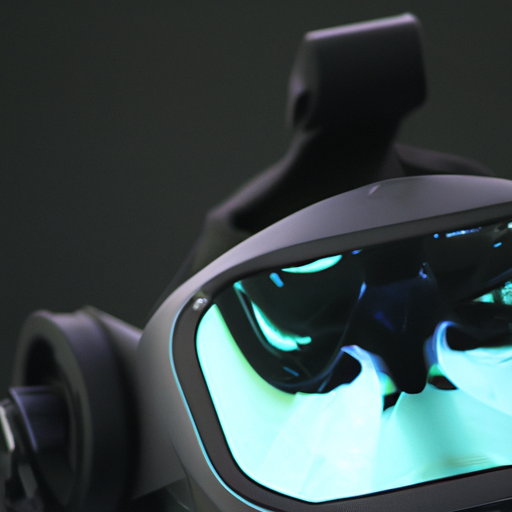Have you ever wondered what it feels like to soar through the sky like a bird, effortlessly gliding through the clouds? Well, with FPV drone flying, you can do just that! FPV, which stands for First Person View, allows you to experience the thrilling sensation of flying while immersed in the perspective of your own drone. As you don a pair of goggles and take control of your aerial companion, you’ll be able to see and navigate the world from a whole new perspective. Whether you’re a seasoned enthusiast or a curious beginner, FPV drone flying offers an exhilarating adventure that will leave you mesmerized by the possibilities that lie above.
What is FPV Drone Flying?
Definition of FPV Drone Flying
FPV drone flying is a thrilling and immersive hobby that allows you to experience the world from a first-person perspective, as if you were sitting inside the drone itself. FPV stands for First-Person View, and it involves using specialized equipment such as FPV goggles or a monitor to receive live video feed from a camera mounted on the drone. This enables you to navigate and control the drone as if you were flying it, giving you a unique and exhilarating experience.
Origins of FPV Drone Flying
The origins of FPV drone flying can be traced back to the early developments in FPV technology. It initially started as a way for professional drone operators to remotely inspect and survey areas that were otherwise inaccessible or dangerous. As technology progressed and became more affordable, FPV flying began to gain popularity among hobbyists. Today, it is a widespread and rapidly growing sport, with dedicated communities and events around the world.
Components of an FPV Drone
To engage in FPV drone flying, you will need a specific set of components that come together to create a seamless flying experience. These components include:
- FPV goggles: These are specially designed goggles that allow you to view the live video feed from the drone’s camera in real-time.
- FPV transmitter and receiver: The transmitter is attached to the drone and sends the video feed to the receiver on the ground, which is connected to your goggles or monitor.
- Camera: This is the camera mounted on the drone that captures the video feed and sends it to the transmitter.
- Flight controller: The flight controller is the brains of the drone, responsible for stabilizing and controlling the aircraft during flight.
- FPV antennas: These antennas are used for better transmission and reception of video signals between the drone and the ground equipment.
- Battery and power system: A reliable power system, including batteries, is crucial for a successful FPV flight.
- Frame and motors: The frame and motors of the drone provide the structure and propulsion needed for flight.
Advantages of FPV Drone Flying
There are several advantages to engaging in FPV drone flying:
- Immersive Experience: FPV drone flying allows you to experience the world from a completely new perspective. With the live video feed streaming directly to your goggles, you will feel as if you are soaring through the air and exploring the surroundings in real-time.
- Precise Control and Maneuverability: With FPV flying, you have complete control over the drone’s movements, allowing you to perform precise maneuvers and navigate through challenging obstacles with ease.
- Aerial Photography and Videography: FPV drones are equipped with high-quality cameras, making them ideal for capturing stunning aerial photographs and videos. This opens up endless creative possibilities for photographers and videographers.
- Drone Racing and Competitive Flying: FPV drone racing has become a popular sport, with competitions held worldwide. It provides an adrenaline-pumping experience as pilots race against each other in complex and thrilling racecourses.
- Exploration and Surveillance Applications: FPV drones have proven to be invaluable in various exploration and surveillance applications. They allow for remote access to hard-to-reach locations, making them useful for search and rescue missions, environmental monitoring, and more.
Safety considerations in FPV Drone Flying
While FPV drone flying can be an exciting and rewarding hobby, it is important to prioritize safety. Here are some key safety considerations to keep in mind:
- Laws and Regulations: Familiarize yourself with the local laws and regulations that govern drone flying in your area. Follow all the rules to ensure safe and responsible flying.
- Line of Sight and Visual Observations: Maintain visual line of sight with your drone at all times, especially when flying in crowded or populated areas. Keep your focus on the drone and the surrounding airspace to prevent accidents.
- Frequency Interference and Signal Loss: Ensure that you are flying your drone on a clear and interference-free frequency. Loss of signal can lead to crashes or loss of control, so always check and monitor your equipment for signal strength.
- Risk of Collisions and Injuries: Be mindful of your surroundings and avoid flying in restricted airspace, near people, or close to other aircraft. Collisions can cause serious damage, injuries, or even loss of your drone.
- Protective Gear and Safety Practices: Wear appropriate safety gear such as goggles or safety glasses to protect your eyes. Additionally, adhere to safety practices like performing pre-flight checks, maintaining reliable equipment, and avoiding reckless flying.
In conclusion, FPV drone flying provides an exhilarating experience that allows you to explore the world from a whole new perspective. With its origins rooted in professional applications, it has now become a popular hobby that offers numerous advantages, including an immersive experience, precise control, aerial photography and videography capabilities, competitive racing opportunities, and exploration and surveillance applications. However, it is crucial to prioritize safety by following laws and regulations, maintaining visual line of sight, being aware of frequency interference and signal loss, avoiding collisions and injuries, and adhering to protective gear and safety practices. So grab your FPV goggles and take to the skies for an unforgettable adventure!

